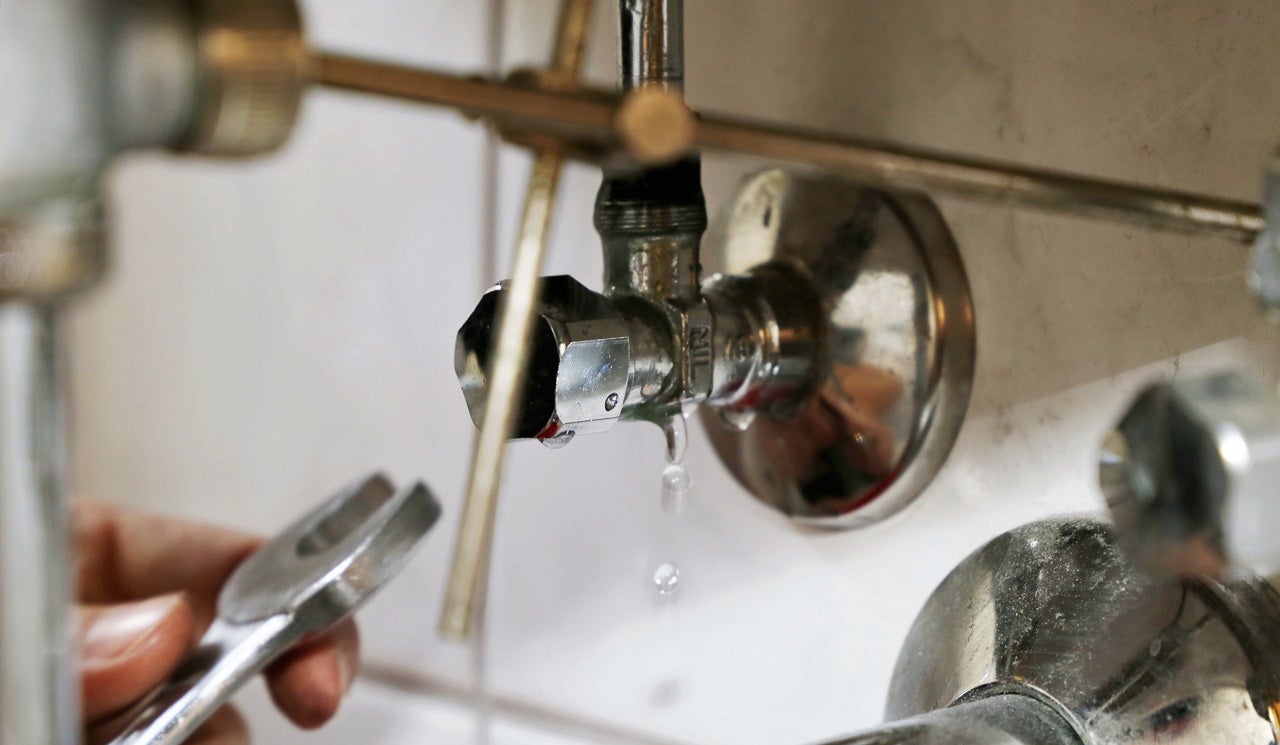Discover Hidden Water Line Leaks: Six Proven Ways for Spotting
Discover Hidden Water Line Leaks: Six Proven Ways for Spotting
Blog Article
Are you looking for facts and techniques concerning Hacks to detect leaks?

Early detection of dripping water lines can reduce a possible catastrophe. Besides saving you money, it will certainly decrease the worry and irritation. The minute you find a leak, calling your plumber for fixings is the best remedy. Nonetheless, some little water leaks may not show up. Below are some hacks that help if you can not discover it with your nude eyes.
1. Take A Look At the Water Meter
Every residence has a water meter. Examining it is a proven way that assists you uncover leakages. For starters, shut off all the water resources. Ensure no person will certainly flush, use the faucet, shower, run the cleaning machine or dishwashing machine. From there, go to the meter and watch if it will certainly alter. Considering that no person is using it, there need to be no motions. If it relocates, that shows a fast-moving leak. Furthermore, if you identify no changes, wait an hour or more as well as inspect back once again. This suggests you might have a slow-moving leakage that can also be below ground.
2. Check Water Consumption
Assess your water costs and track your water usage. As the one paying it, you must discover if there are any kind of inconsistencies. If you find sudden changes, despite your consumption being the same, it suggests that you have leakages in your plumbing system. Bear in mind, your water expense ought to drop under the same range every month. An unexpected spike in your bill suggests a fast-moving leakage.
A constant rise every month, even with the exact same practices, shows you have a slow leakage that's also gradually intensifying. Call a plumber to extensively check your residential property, especially if you really feel a cozy area on your floor with piping underneath.
3. Do a Food Coloring Test
When it pertains to water consumption, 30% originates from bathrooms. Test to see if they are running properly. Drop specks of food shade in the storage tank as well as wait 10 mins. If the color somehow infiltrates your bowl during that time without flushing, there's a leakage in between the tank and also dish.
4. Asses Exterior Lines
Don't forget to examine your exterior water lines also. Examination spigots by connecting a garden pipe. Ought to water leak out of the link, you have a loose rubber gasket. Change this and also make certain all connections are limited. It will certainly assist get it properly examined and also kept annually if you have actually got a sprinkler system. One small leakage can waste tons of water and also surge your water costs.
5. Check as well as Assess the Circumstance
Home owners should make it a behavior to inspect under the sink counters as well as also inside closets for any type of bad odor or mold and mildew development. These 2 red flags suggest a leak so prompt interest is needed. Doing regular inspections, even bi-annually, can save you from a significant trouble.
Check for stainings and also deteriorating as most home appliances as well as pipes have a life expectations. If you presume leaking water lines in your plumbing system, do not wait for it to rise.
Early discovery of leaking water lines can alleviate a potential calamity. Some tiny water leakages might not be noticeable. Checking it is a guaranteed way that helps you find leakages. One small leakage can waste tons of water as well as spike your water expense.
If you think dripping water lines in your plumbing system, do not wait for it to escalate.
WARNING SIGNS OF WATER LEAKAGE BEHIND THE WALL
PERSISTENT MUSTY ODORS
As water slowly drips from a leaky pipe inside the wall, flooring and sheetrock stay damp and develop an odor similar to wet cardboard. It generates a musty smell that can help you find hidden leaks.
MOLD IN UNUSUAL AREAS
Mold usually grows in wet areas like kitchens, baths and laundry rooms. If you spot the stuff on walls or baseboards in other rooms of the house, it’s a good indicator of undetected water leaks.
STAINS THAT GROW
When mold thrives around a leaky pipe, it sometimes takes hold on the inside surface of the affected wall. A growing stain on otherwise clean sheetrock is often your sign of a hidden plumbing problem.
PEELING OR BUBBLING WALLPAPER / PAINT
This clue is easy to miss in rooms that don’t get much use. When you see wallpaper separating along seams or paint bubbling or flaking off the wall, blame sheetrock that stays wet because of an undetected leak.
BUCKLED CEILINGS AND STAINED FLOORS
If ceilings or floors in bathrooms, kitchens or laundry areas develop structural problems, don’t rule out constant damp inside the walls. Wet sheetrock can affect adjacent framing, flooring and ceilings.
https://www.servicemasterbyzaba.com/blog/how-to-detect-water-leakage-in-walls/

Do you really like reading about Locating water leaks? Leave feedback below. We would be pleased to know your feelings about this article. We hope to see you back again before long. Feel free to take the opportunity to promote this content if you enjoyed it. Thanks for going through it.
Plumbing woes? We help. Report this page